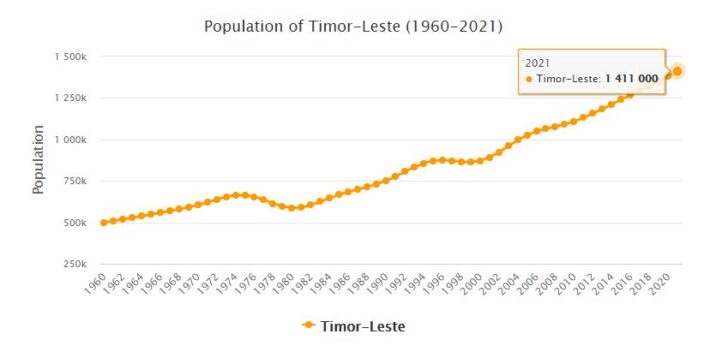Yearbook 2012
Timor. In February, the UN Security Council unanimously extended the mandate of the UN Mission in East Timor (UNMIT) to the end of 2012. The future of UNMIT and the Australia-led international peacekeeping force in the country depended on how the upcoming presidential and parliamentary elections were conducted later in the year. If the elections were held under calm and correct conditions, the foreign presence was likely to cease or decrease.
There was a shift in the presidential post following the March elections, when then-President Jos谷 Ramos-Horta came in third with less than 18% of the vote. The two candidates who went on to a second, decisive election round were the opposition party Fretilins Francisco Guterres, also called Lu Olo, and Taur Matan Ruak (really Jos谷 Maria Vasconcelos), who was formerly commander of the guerrilla movement Falintil and later army chief (2002-11). The latter won the final round in April with just over 61% of the vote against almost 39% for Guterres.
The election movement and election day were calm compared to previous elections, but a handful of violent incidents occurred, including Taur Matan Ruak’s political headquarters were attacked with stones.
- AbbreviationFinder.org: Provides most commonly used acronyms and abbreviations for East Timor. Also includes location map, major cities, and country overview.
Taur Matan Ruak stood as an independent candidate, but he was supported by the CNRT (National Congress of Timor’s Reconstruction), which was the leading party in the government coalition. The outgoing Ramos-Horta candidate as an independent with no party grouping behind him, and he immediately confessed defeat and said he was convinced that both the other presidential candidates could secure stability in the country.
55-year-old Taur Matan Ruak was installed as president on May 20, 2012, the day ten years after East Timor gained independence. In his installation speech, he urged everyone to work hard to lift the country out of poverty. According to the constitution, the president has primarily a symbolic and unifying role, but in practice he has political influence through his personal network among the country’s small power elite.
Taur Matan Ruak’s election victory was thought to have given the governing CNRT, led by Prime Minister Xanana Gusmão, a push forward in the July parliamentary elections. The CNRT took home 30 of the 65 seats in the single-chamber parliament, thereby removing Fretilin from the seat as the largest party. The old Independence Party Fretilin got 25 seats, while the Democratic Party (DP) got 8 and the small party Frenti-Mudança won the remaining 2 seats. Although CNRT was about Fretilin, it was primarily CNRT’s smaller coalition parties within the government that backed the most. The turnout was relatively high, 75%. Nearly one-third of new members were women.
CNRT formed government together with DP and Frenti-Mudança, while Fretilin again came into opposition. Fretilin had previously proposed a unifying government between Fretilin and CNRT, but Gusmão had refused. After the formation of the government, violent protest actions broke out among Fretilin supporters. Cars and houses were set on fire and a man was killed. However, the choice itself went quietly.
The biggest challenges for the new government were to deal with the deep poverty, widespread corruption and agree on how best to use the money from the oil recovery. In mid-2012, the value of the oil fund was more than USD 10 billion.
The fact that both the presidential and parliamentary elections had been calm and correct, led by UN Secretary-General Ban Ki Moon during a visit to East Timor in August, said that the country was now ready to be responsible for its own security and that the international security force would leave the country.. Hundreds of Australian and New Zealand soldiers left the country in November, and the last soldiers would return home in early 2013. The force had been stationed in East Timor for six years.
When Hillary Clinton arrived in East Timor in September, it was the first time the country had been visited by a US Secretary of State since independence in 2002.
At the turn of the year, the UN mission completed UNMIT’s mission after six years of presence in the country.
Population 2012
According to countryaah, the population of East Timor in 2012 was 1,196,191, ranking number 156 in the world. The population growth rate was 1.810% yearly, and the population density was 80.4507 people per km2.
